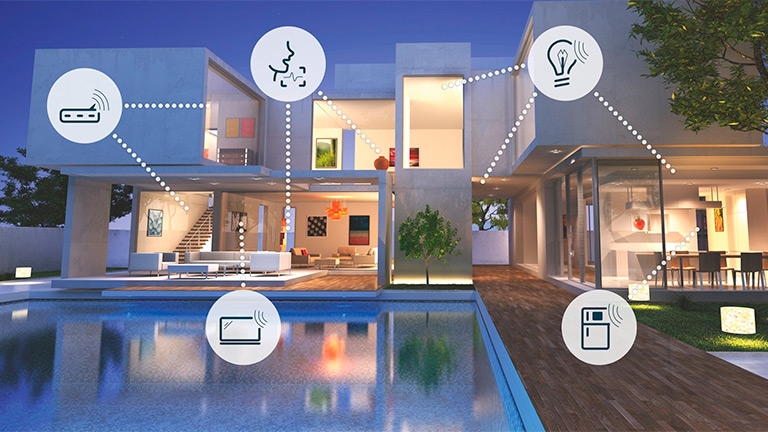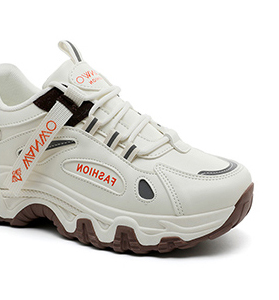Unleashing the Potential: Exploring the Growing Demand for Smart Home Technology

In today's rapidly advancing technological landscape, smart home technology has emerged as a game-changer, revolutionizing the way we live. With the integration of artificial intelligence, internet of things, and automation, smart homes offer unparalleled convenience, comfort, and security. This article delves into the multifaceted demand for smart home technology, exploring its benefits, market trends, and future prospects.
- Enhancing Convenience and Efficiency:
Smart home technology streamlines daily tasks, making life more convenient and efficient. From voice-controlled assistants to automated lighting and temperature control systems, these technologies simplify our routines, saving time and effort. With the ability to remotely manage appliances and devices, homeowners can optimize energy consumption, reducing costs and environmental impact. - Ensuring Safety and Security:
One of the primary drivers of the demand for smart home technology is the enhanced safety and security it provides. Smart security systems, including surveillance cameras, motion sensors, and smart locks, offer real-time monitoring and remote access, empowering homeowners to protect their properties and loved ones. Integration with smartphones and notifications further strengthens security measures, providing peace of mind even when away from home. - Improving Health and Well-being:
Smart home technology has also made significant strides in improving health and well-being. From smart thermostats that regulate indoor air quality to sleep monitoring devices and fitness trackers, these technologies promote a healthier lifestyle. By creating personalized environments and offering insights into sleep patterns and physical activity, smart homes contribute to overall well-being and quality of life. - Facilitating Aging in Place:
As the global population ages, there is an increasing demand for technologies that enable aging in place. Smart home solutions, such as fall detection systems, medication reminders, and voice-activated assistants, assist older adults in maintaining independence and ensuring their safety. These technologies also provide remote monitoring capabilities, allowing caregivers to keep a close eye on their loved ones' well-being. - Market Trends and Future Prospects:
The market for smart home technology is experiencing exponential growth, driven by factors such as increasing connectivity, affordability, and consumer awareness. With the rise of smart speakers, voice assistants, and connected devices, the demand for seamless integration and interoperability is on the rise. Furthermore, advancements in artificial intelligence and machine learning are expected to unlock new possibilities, making smart homes even more intuitive and personalized.
Conclusion:
The demand for smart home technology continues to surge as consumers seek to embrace the benefits of convenience, safety, health, and aging in place. As the industry evolves, it is crucial for manufacturers and developers to prioritize interoperability, security, and user experience. With the potential to transform our living spaces and improve our lives, smart home technology is undoubtedly here to stay, shaping the future of modern living.


